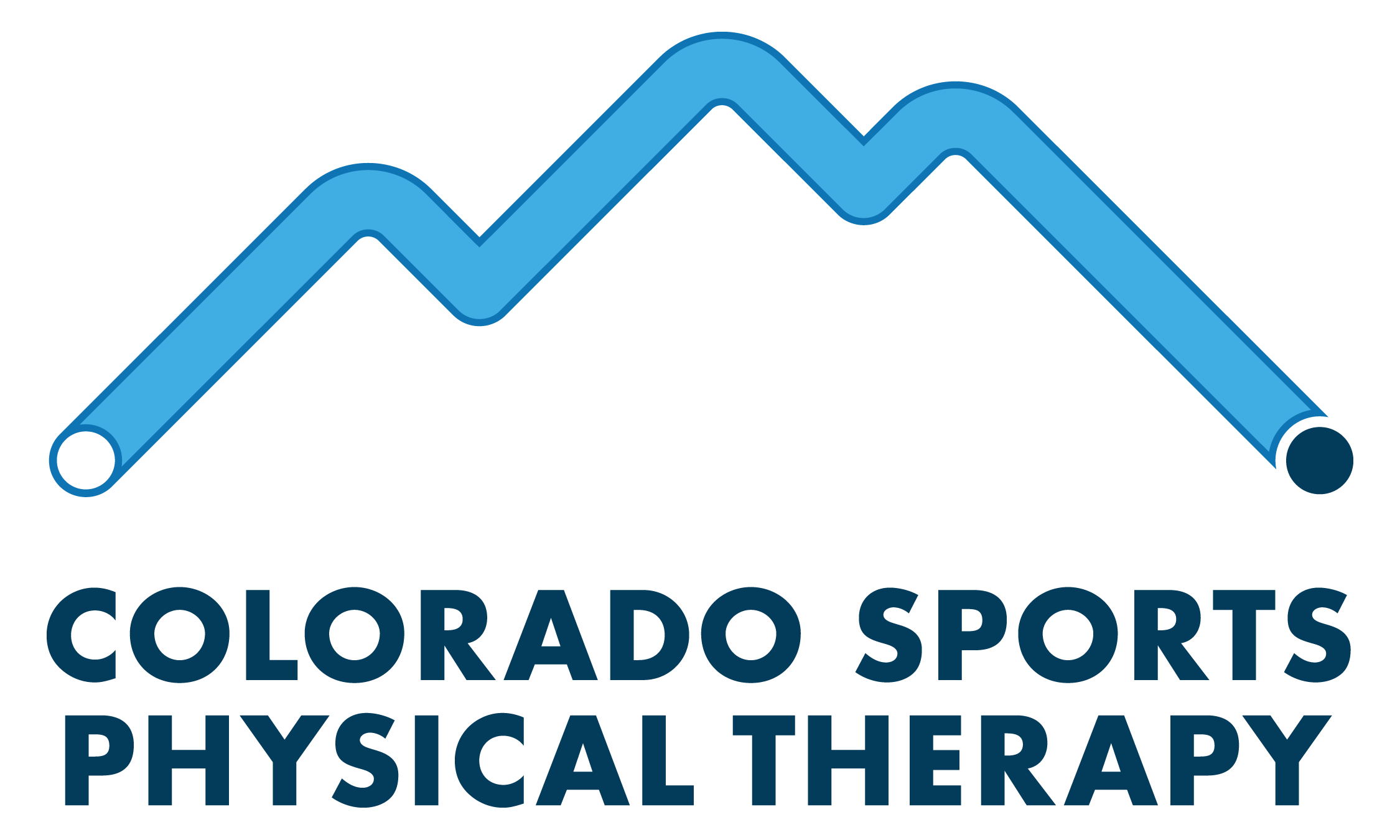2 Common Myths About Your Knees
There is a lot of misinformation out there about knee health. Today, we are going to address 2 of the most common myths: (1) that osteoarthritis (“OA”) in the knee is due to “wear and tear” and is always painful, and (2) the idea that squats and similar exercises are “bad for your knees”.
MYTH 1: OSTEOARTHRITIS IS DUE TO “WEAR AND TEAR” ON YOUR JOINTS
You may be asking, what is OA and what causes it? Fundamentally, OA is a broad term that refers to inflammation in and around the joints between our bones, including our knees. OA is extremely common in humans, increasing with incidence as we age. In fact, it is totally normal to have an increase in joint OA as we age without any symptoms whatsoever (Culvenor). On top of this, OA has not been shown to be related to increased exercise or “wear and tear” on your body. OA is actually less common in runners and other people who put a lot of mileage on their knees (Chakravarty, Lo). In fact, a number of studies show that people who load their knees regularly (including people who lift heavy weights) actually have thicker knee cartilage and healthier knees overall (Hartmann 2013). With that in mind, many healthcare providers have started (rightfully) referring to OA and similar issues as being “wrinkles on the inside” and not really something to worry about.
MYTH 2: SQUATS ARE BAD FOR YOUR KNEES
So are squats bad for you? The second article linked above that suggests deep squats are “bad for your knees” may reflect an old opinion, but the idea is still out there: this Bodybuilding.com article asserts that, “among bodybuilders who have knee problems...squatting is the only culprit”. Some of their recommendations have merit, but this fear-mongering about squatting is heavily misguided. As a matter of fact, research indicates that squatting through a full range of motion is protective against breakdown in the knee (ibid). The theme in the current research is that loading your body and challenging it will actually make you stronger, as long as you respect your body’s need to recover from these loads.
Although deep squats are not harmful, they also may not be necessary. For example, a soccer player probably does not need a whole lot of full-range strength; most of their action occurs in a much taller posture, and so they can probably get away with shallower squats. Different squat depths load different muscle groups differently (Caterisano), so if you want to work specific muscles, you might want to pick a particular depth. There is some evidence that shallower squats seem to translate better to things like sprinting and jumping (Rhea), but this is definitely not a hard and fast rule (Hartmann 2012).
At the end of the day, our bodies are strong, robust, and able to adapt to a huge variety of loads and challenges. As long as we are able to give our bodies time to recover and adapt, we can handle almost anything over the long term. Even if you have some OA in your knees, or you have a family history of OA, you do not necessarily have to limit your activities! If you do have pain with an activity that you want to keep doing, consult a healthcare practitioner who can help you modify your activity and teach you how to train better. Knee pain is not a death sentence, OA is not a death sentence, and your body is stronger than you might think.
So get out there and get exercising! And if you’re a fitness or healthcare professional, stop scaring people with bad science! #unnecessaryfearmongering
References
Caterisano, A., Moss, R. E., Pellinger, T. K., Woodruff, K., Lewis, V. C., Booth, W., & Khadra, T. (2002). The Effect of Back Squat Depth on the EMG Activity of 4 Superficial Hip and Thigh Muscles. Journal of Strength and Conditioning Research, 16(3), 428–432. doi: 10.1519/00124278-200208000-00014
Chakravarty, E. F., Hubert, H. B., Lingala, V. B., Zatarain, E., & Fries, J. F. (2008). Long Distance Running and Knee Osteoarthritis. American Journal of Preventive Medicine, 35(2), 133–138. doi: 10.1016/j.amepre.2008.03.032
Culvenor, A. G., Øiestad, B. E., Hart, H. F., Stefanik, J. J., Guermazi, A., & Crossley, K. M. (2018). Prevalence of knee osteoarthritis features on magnetic resonance imaging in asymptomatic uninjured adults: a systematic review and meta-analysis. British Journal of Sports Medicine. doi: 10.1136/bjsports-2018-099257
Hartmann, H., Wirth, K., Klusemann, M., Dalic, J., Matuschek, C., & Schmidtbleicher, D. (2012). Influence of Squatting Depth on Jumping Performance. Journal of Strength and Conditioning Research, 26(12), 3243–3261. doi: 10.1519/jsc.0b013e31824ede62
Hartmann, H., Wirth, K., & Klusemann, M. (2013). Analysis of the Load on the Knee Joint and Vertebral Column with Changes in Squatting Depth and Weight Load. Sports Medicine, 43(10), 993–1008. doi: 10.1007/s40279-013-0073-6
Lo, G., Driban, J., Kriska, A., Storti, K., Mcalindon, T., Souza, R., … Suarez-Almazor, M. (2015). Habitual running does not increase risk for symptom or structure progression in those with pre-existing knee osteoarthritis: data from the osteoarthritis initiative. Osteoarthritis and Cartilage, 23. doi: 10.1016/j.joca.2015.02.070
Rhea, M. R., Kenn, J. G., Peterson, M. D., Massey, D., Simão, R., Marin, P. J., … Krein, D. (2016). Joint-Angle Specific Strength Adaptations Influence Improvements in Power in Highly Trained Athletes. Human Movement, 17(1). doi: 10.1515/humo-2016-0006
